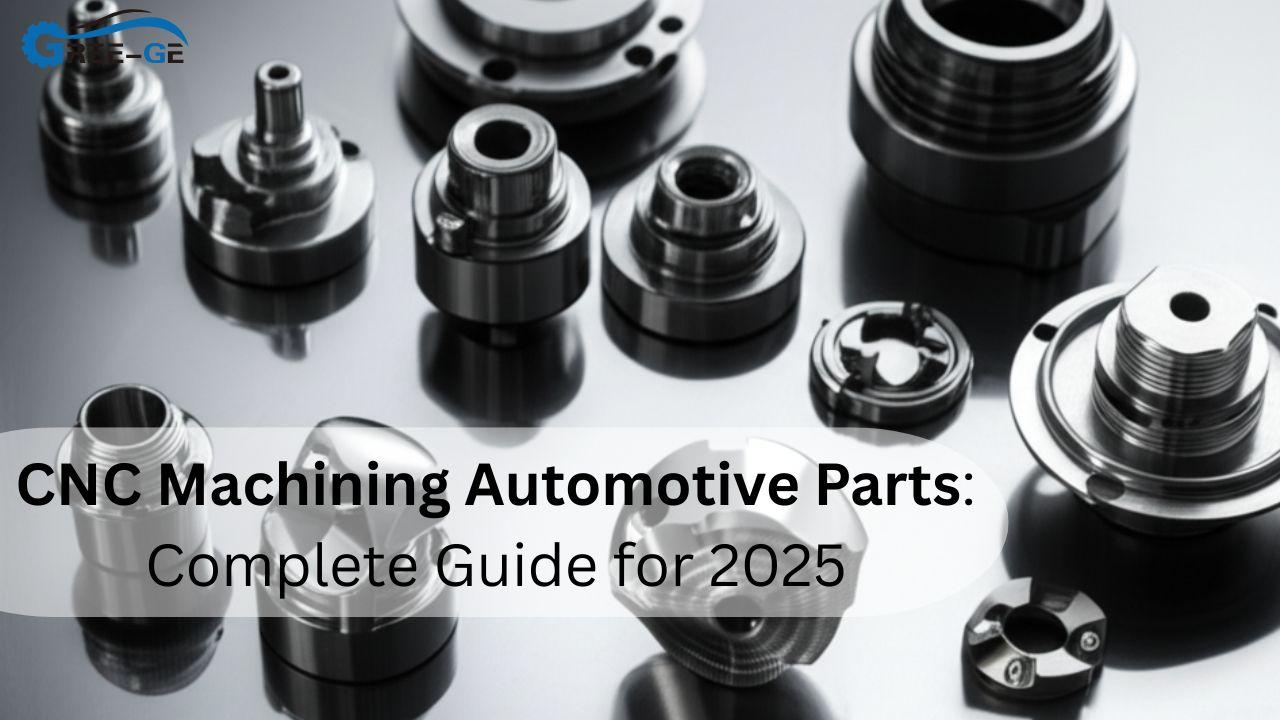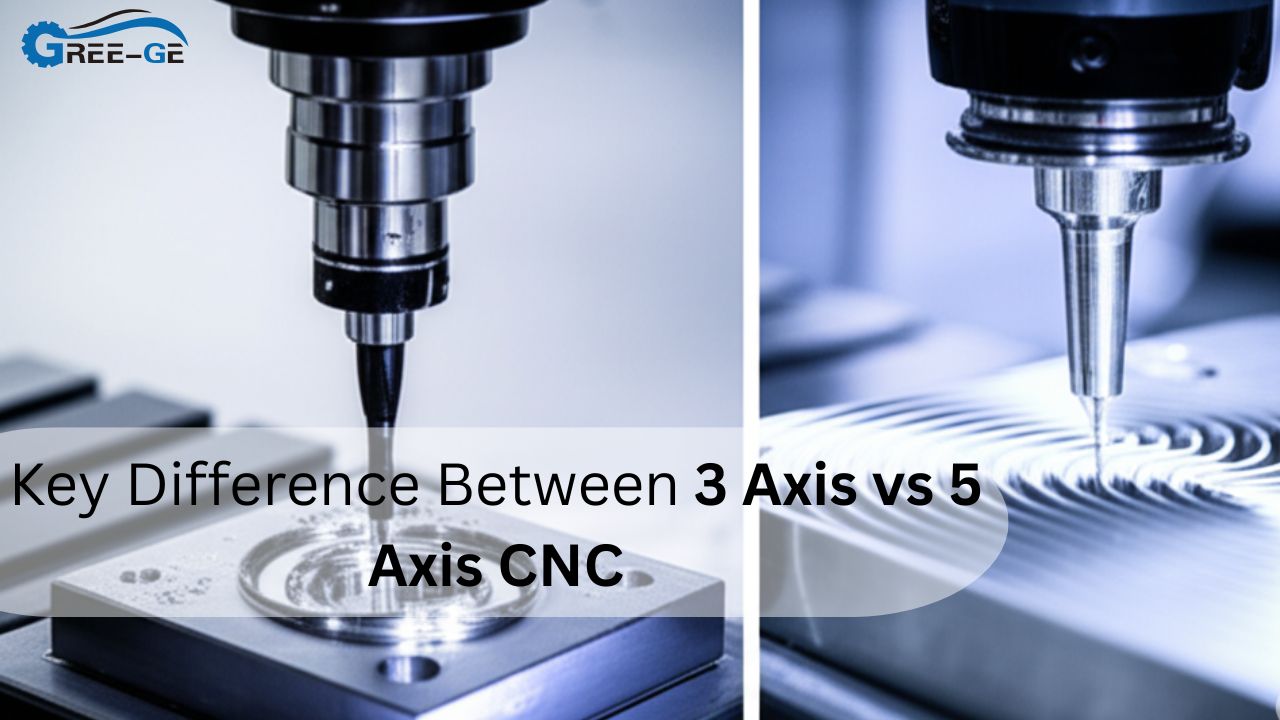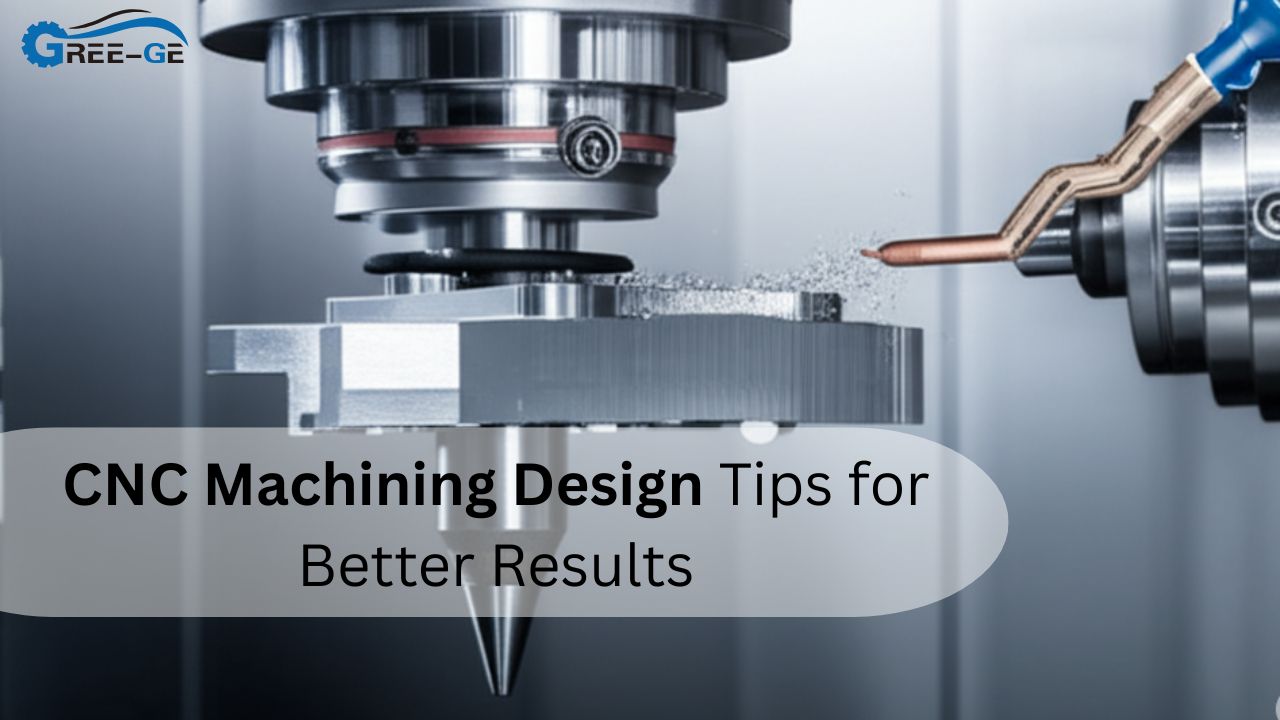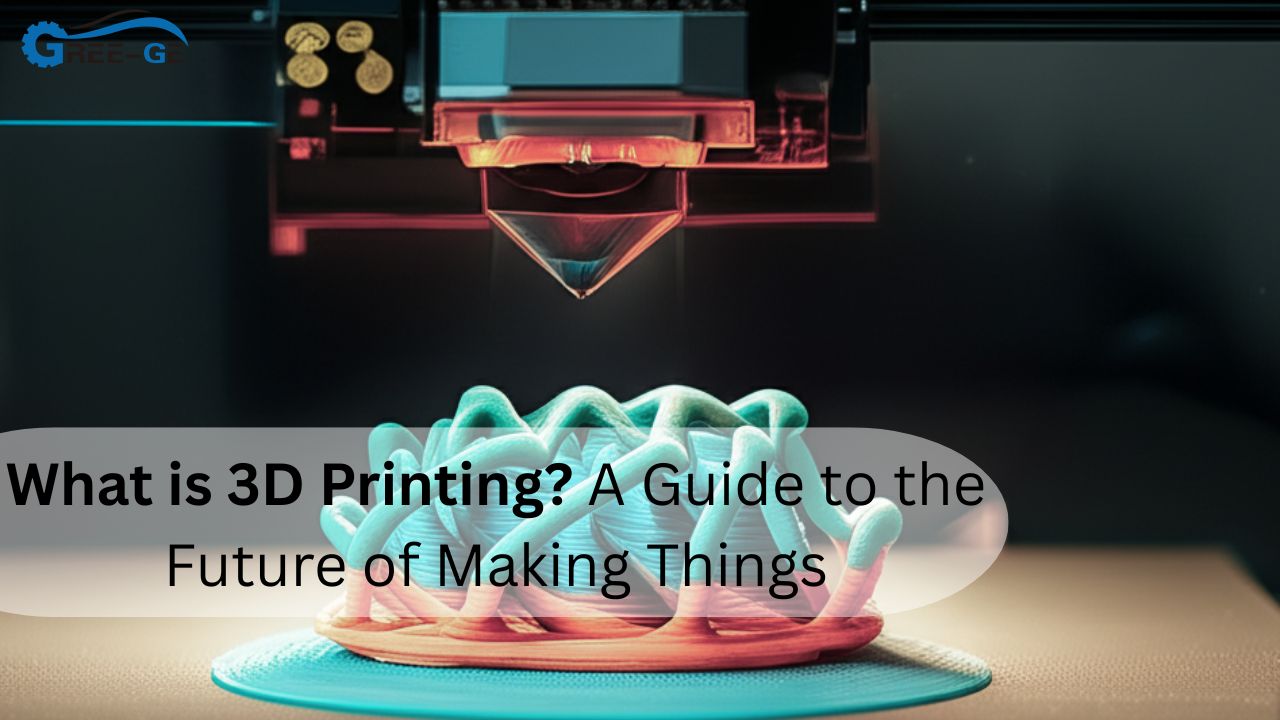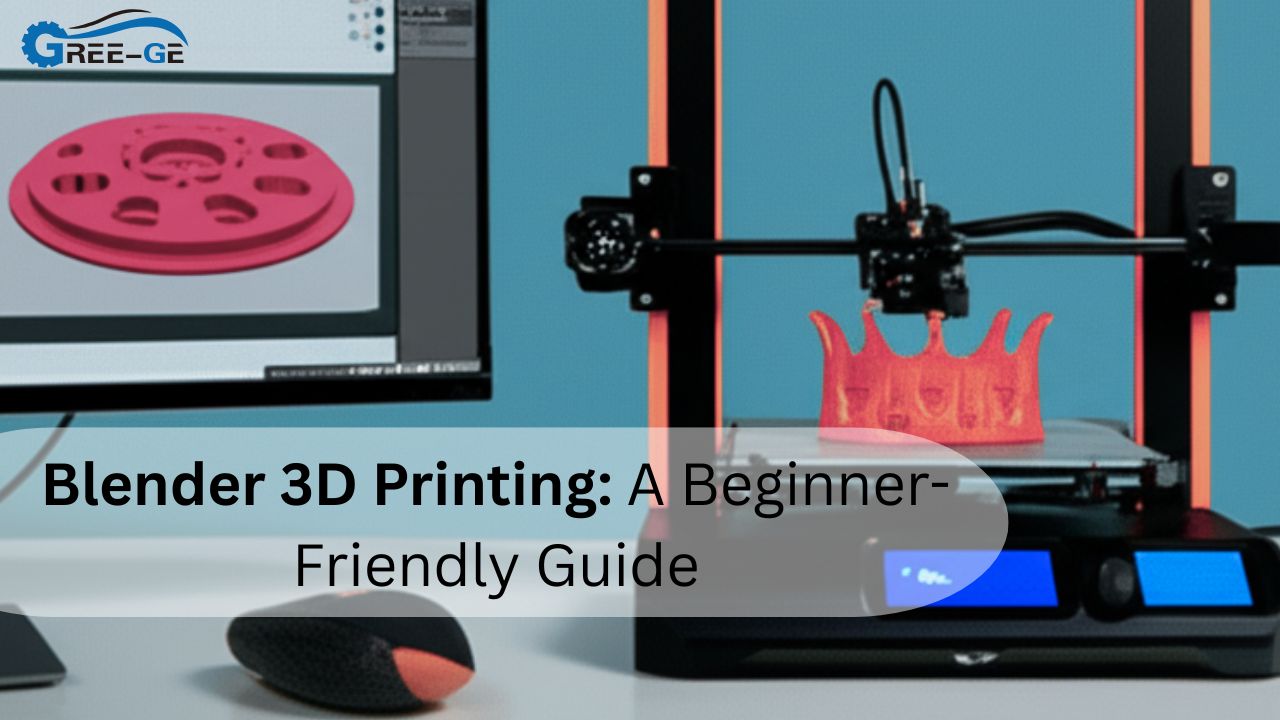The 3D printing plastic parts are changing the way the products are made and also the design. It provides a cheaper and quick method to manufacture products. In various industries, plastic 3D printing is applied on prototypes to final products. It is suitable in small-scale production and in unique designs. This guide explains everything you need to know about it.
What is 3D Printing Plastic Parts?
Manufacturing of 3D printing plastic parts implies the manufacturing of solid objects layer by layer. A 3D printer prints out a part by using plastic filaments, powders or resins by following a digital file. It is also termed as additive manufacturing. This method is cheaper than traditional molding and machining. It is perfect for fast design changes and low-cost testing.
Popular 3D Printing Technologies for Plastic
The 3D printing plastics have a number of technologies. All of them are different and can be applied under different circumstances. The table below highlights common types.
| 3D Printing Technology | Method | Material Type | Best For |
| FDM (Fused Deposition Modeling) | Melts plastic filament | PLA, ABS, PETG | Prototypes, tools |
| SLA (Stereolithography) | Cures liquid resin with light | Photopolymer resin | Fine details, smooth surfaces |
| SLS (Selective Laser Sintering) | Fuses plastic powder with laser | Nylon | Strong parts, functional designs |
These techniques assist the companies to select the appropriate process with regards to their design and cost requirements.
Common Plastics Used in 3D Printing
The various plastics possess various strengths and weaknesses. There are those that are good in strength and others have flexibility. The type of plastic to select will be depending on how it will be utilized.
| Plastic Type | Properties | Used In |
| PLA | Easy to print, eco-friendly | Models, education tools |
| ABS | Strong, slightly flexible | Automotive, tools |
| PETG | Durable, water-resistant | Food containers, protective cases |
| Nylon | High strength, wear-resistant | Gears, mechanical parts |
| TPU | Flexible, rubber-like | Phone cases, seals |
These plastics allow designers to experiment and innovate at low cost.
Benefits of 3D Printing Plastic Parts
3D printing plastic parts comes with many benefits. It is affordable and quick. It also allows design flexibility. You can create shapes not possible with other methods. Here are some key advantages:
- Cost-Effective: Low material and labor cost.
- Speed: Fast production and prototyping.
- Customization: Ideal for custom-made items.
- Waste Reduction: Only needed material is used.
- Design Freedom: There is no problem with complex shapes.
Such benefits make 3D printing suitable both to the startups and large businesses.
Tolerancing for 3D Printing
Tolerancing for 3d printing means how much a part’s size can vary. In 3D printing, tolerancing is very important. Every 3D printer has limits. Factors like material, printer type, and settings affect accuracy. FDM printers usually have larger tolerances than SLA or SLS. In designing plastic parts, designers should be concerned with shrinkage, warping as well as layering. Tolerancing is good as it helps to fit parts and act well.
Plastic 3D Printing vs. Metal 3D Printing
Both plastic and metal 3D printing serve different needs. Metal parts are stronger but cost more. Plastic is lighter and cheaper. The table below shows a comparison.
| Feature | Plastic 3D Printing | Metal 3D Printing |
| Cost | Low | High |
| Weight | Lightweight | Heavy |
| Speed | Fast | Slower |
| Use | Prototypes, consumer goods | Aerospace, medical implants |
| Surface Finish | Good with post-processing | Requires advanced finishing |
Plastic is good for models and testing. Metal is better for final parts that need strength.
Applications of 3D Printed Plastic Parts
Plastic parts made with 3D printing are used across industries. Common uses include:
- Healthcare: Dental models, hearing aids, prosthetics.
- Automotive: Dashboards, air ducts, prototypes.
- Aerospace: Lightweight parts, brackets.
- Consumer Goods: Toys, phone cases, gadgets.
- Education: Learning kits, science models.
- Fashion: Jewelry, eyewear, custom wearables.
These developments are the evidence of the extensive scope of the technology of 3D printing.
Challenges of 3D Printing Plastic Parts
Despite its benefits, 3D printing plastic parts has challenges:
- Material Limitations: Not all plastics are suitable.
- Printer Quality: Cheap printers give poor results.
- Post-Processing: Some parts need cleaning or curing.
- Durability: Not as strong as metal or molded parts.
- Tolerancing: Minor errors can affect fit and assembly.
Addressing these issues improves final quality and reliability.
Future of 3D Printing in Plastics
It appears that plastic 3D printing will have a good future. The prices of printers are becoming lower and they are becoming faster. Materials are improving too. More companies are investing in this technology. In the future, plastic 3D printers could become common in homes. They will allow everyone to make custom products on demand. As tolerancing and speed improve, even more industries will adopt this method.
Conclusion
3D printing plastic parts is changing manufacturing. It enables quick, cost effective and innovative solutions. Almost anything can be designed depending on the available plastic and 3D printing technology by the companies. 3D printing is here to stay whether that is in rapid prototypes or valuable end-use parts. Although tolerancing and post processing are essential, the advantages are more than the challenges. Most applications use it because it is faster, lighter and cheaper than the metal 3D printing process.
FAQs
Which is the most appropriate plastic in making 3D printing?
The well-known materials used by beginners are PLA and PETG, whereas nylon is more durable.
Are plastic 3d printed parts strong?
Yes, with proper design and material like nylon or ABS, they can be durable.
What is tolerancing in 3D printing?
It is the acceptable variation in dimensions to ensure the part works well.
Is 3D printing plastic parts cheaper than metal printing?
Yes, plastic printing costs far less than metal printing.
Where is plastic 3D printing used most?
It is widely used in healthcare, automotive, education, and prototyping.


